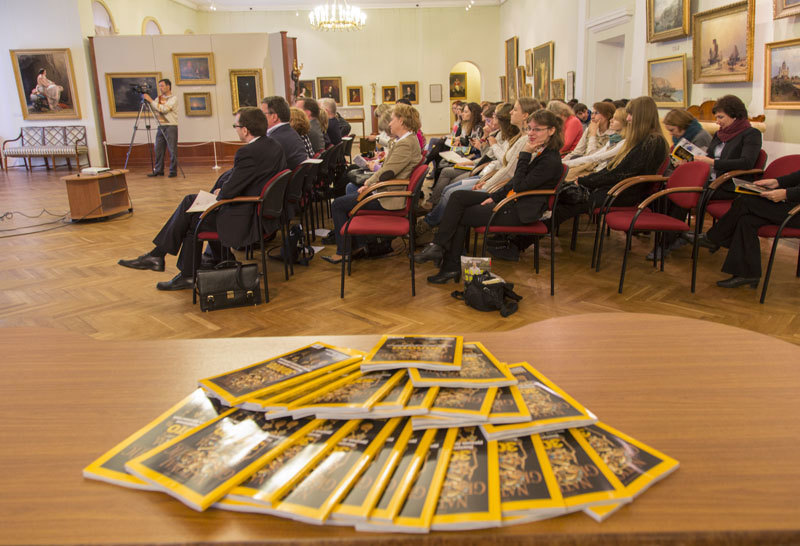National Geographic Russia Expedition

The National Geographic Russia magazine team has returned from an expedition in the footsteps of the “missing map” of Erich Palmquist, the military attaché at the Swedish Embassy in 1673-1674.
The Grand Embassy of Sweden visited Russia in 1673-74. Among the members was a young officer named Erich Palmquist whom the Swedish King had charged with a special mission. Upon returning home, Palmquist presented the King with his “Notes on Russia” – a collection of 53 detailed drawings, 16 city maps and plans and 48 pages of notes and remarks. The handwritten album apparently also contained a detailed map of Northwest Russia that went missing for centuries. According to legend, 35 years later King Charles II of Sweden took that map on a campaign against Russia that ended with his defeat at Poltava.
The album contains detailed notes meant to accompany that map that describe the roads from the Swedish border deep into Russia. For example: “A typical overland route from Narva to Novgorod,” “The overland road from Narva to Pskov,” “The summer road from Pskov to Novgorod.” Using that “17th century navigational system” as a guide, National Geographic Russia editors laid the route for the automobile expedition: Novgorod – Pskov – Ivangorod – Novgorod.
On May 8 a scientific seminar was held in Novgorod titled “Deep in Russia, deep in the past: in the footsteps of Erich Palmquist.” Participants included Consul General of Sweden Jan Nyberg, Uppsala University representative Ulla Birgegord, Stockholm University representative Elizabeth Lefstrand, St. Petersburg Russian Academy of Sciences Institute of History representative Gennady Kovalenko, Lomonosov publishers representative Anatoly Sekerin and National Geographic Russia magazine editor Andrei Palamarchuk.
After the seminar, the participants set out on an expedition from Novgorod to Pskov. The members visited the Mikhail-Klopsky Holy Trinity Monastery that still “remembers” Palmquist and the chapel of St. Ephraim built on the site of the former Perekomsky Nicholas Monastery. They continued their journey along the Mshaga River, the location of a saltworks that Palmquist had described and included in his sketches.
The expedition next traveled from Pskov to Ivangorod, stopping at the Yelizarov Convent near Chudsky Lake. Following a route some distance from modern roads, the expedition also reached the village of Kobylye Gorodishche, the site of the alleged “Battle on the Ice” at Lake Peipus.
Moving off the beaten track, the National Geographic Russia team proceeded from Ivangorod to the historic border with Muraveyno as described and sketched by Palmquist. It then traveled through a “dense forest,” “nasty desert area” and “beautiful fertile plain” to Novgorod — the final destination of the expedition.
National Geographic Russia magazine will use the results of the expedition and seminar to create a publication and photo exhibition to be held at the residence of the Economic Affairs Minister of the Swedish Embassy. View videos from the project on the websites of Novgorod regional television and the VelikyNovgorod.ru information agency.
The expedition was organized with support from the Swedish Embassy in Russia and the Novgorod State Museum and Nature Reserve.
Photograph: Andrei Kamenev


